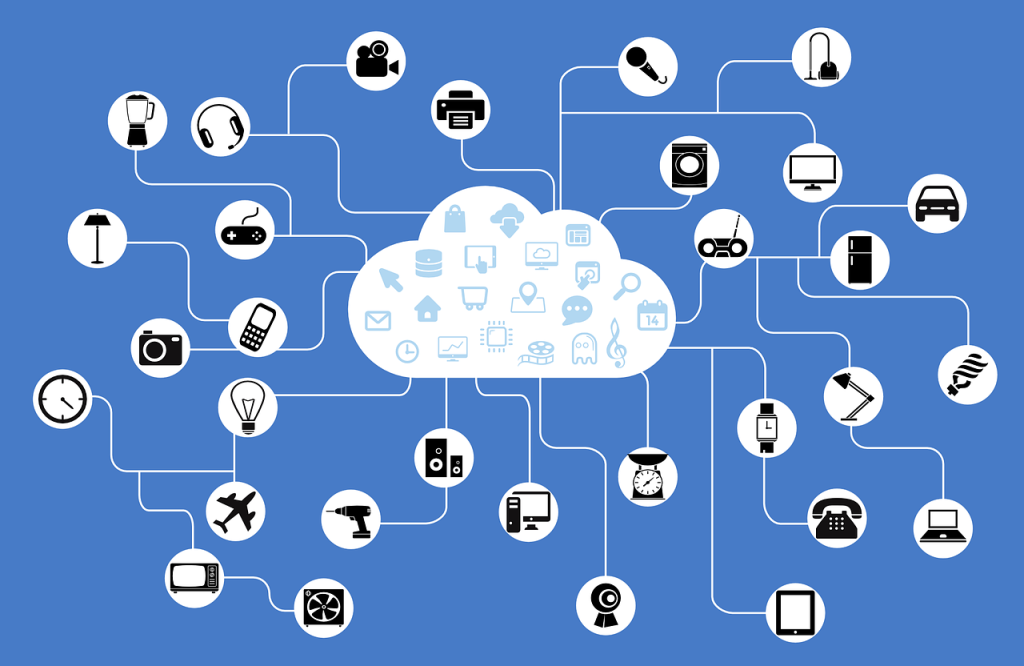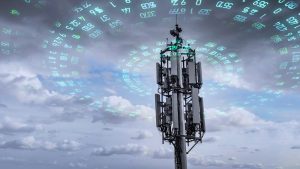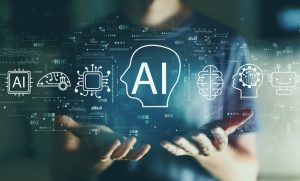Realizing the Unique Perspective of the Metaverse

The Metaverse is among the most raving trends, with some tech giants like Microsoft these days.
Technically, the Metaverse is a new name for IoE or Internet of Everything – an idea that emerged in early 2000, leading to a scaled-down version, the IoT and its applications.
Many developments have made their way to an online virtual sphere – the Metaverse since then. The technology includes Virtual Reality (VR), Augmented Reality (AR), and 3D holographic avatars.
It also incorporates videos and other communication means. The expansion of the Metaverse offers a hyper-real substitute sphere or parallel space.
Different Perceptions of Metaverse
Metaverse aims to bring together people, real and virtual things, processes, and data to develop more relevant and valuable networked connections. It does so before turning data into actions that result in new capabilities, unprecedented financial opportunities, and richer experiences for individuals, organizations, and nations.
Metaverse intelligently connects people, data, things, and processes. It illustrates a domain where many objects own sensors to gauge their status when connected over a private or public network through standard and proprietary protocols.
Aspects of Metaverse
The Metaverse has some vital aspects described below:
People
Metaverse connects people relevantly and in a more valuable way.
Data
The technology converts data into intelligence to allow individuals to make better choices.
Process
The Metaverse delivers the necessary data to the most suitable individual or device at the right time.
Things
The technology connects virtual and physical machines and objects, as well as to the internet, allowing intelligent decision-making.
Challenges of the Metaverse
Like every new concept or technology, the Metaverse also faces numerous challenges. These include the following:
Identity Management
With Metaverse, it is harder to verify identity as the use of the services and products increases. Creating an untamed west in the Metaverse world will be the last thing you might want to do.
SSP
Abbreviated as Security, Safety, and Privacy, the term SSP is another challenge that Metaverse faces. People or devices getting more connected and collecting more information may accelerate the Metaverse expansion in a real universe’s space.
It also increases the speed of safety, security, and privacy. Companies need to balance customer SSP with the Metaverse data for the future of the technology. The same is also critical for the customers to trust Metaverse and any potential x-verse versions.
Economics in Metaverse
While employing digital currency is a challenge, its use as a payment method in Metaverse can lead to more complications in the unregulated payment system. Central Bank Digital Currency (CBDC) can be one of the ways to overcome this problem.
Metaverse Standardization
Metaverse standardization is among the toughest components in the initial lifecycle of every new technology. Standards can cover every software or hardware, protocol, and process and develop interoperability fundamental to the plan and execution of the Metaverse.
The Future of Metaverse
Everything embeds data in everything individuals do. All organizations need a unique data strategy, requiring comprehensive data leadership. Metaverse will make millions of new sensors and objects, creating real-time data.
It will bring more value to the relevant products and services for the businesses using Metaverse as a part of their venture. Companies will extensively use Metaverse technology. It will enable them to sell more products in numerous markets vertically and horizontally.




